AI SpaceFactory, a space architecture and technology design agency, recently won first prize in NASA’s competition to build a prototype Mars habitat.
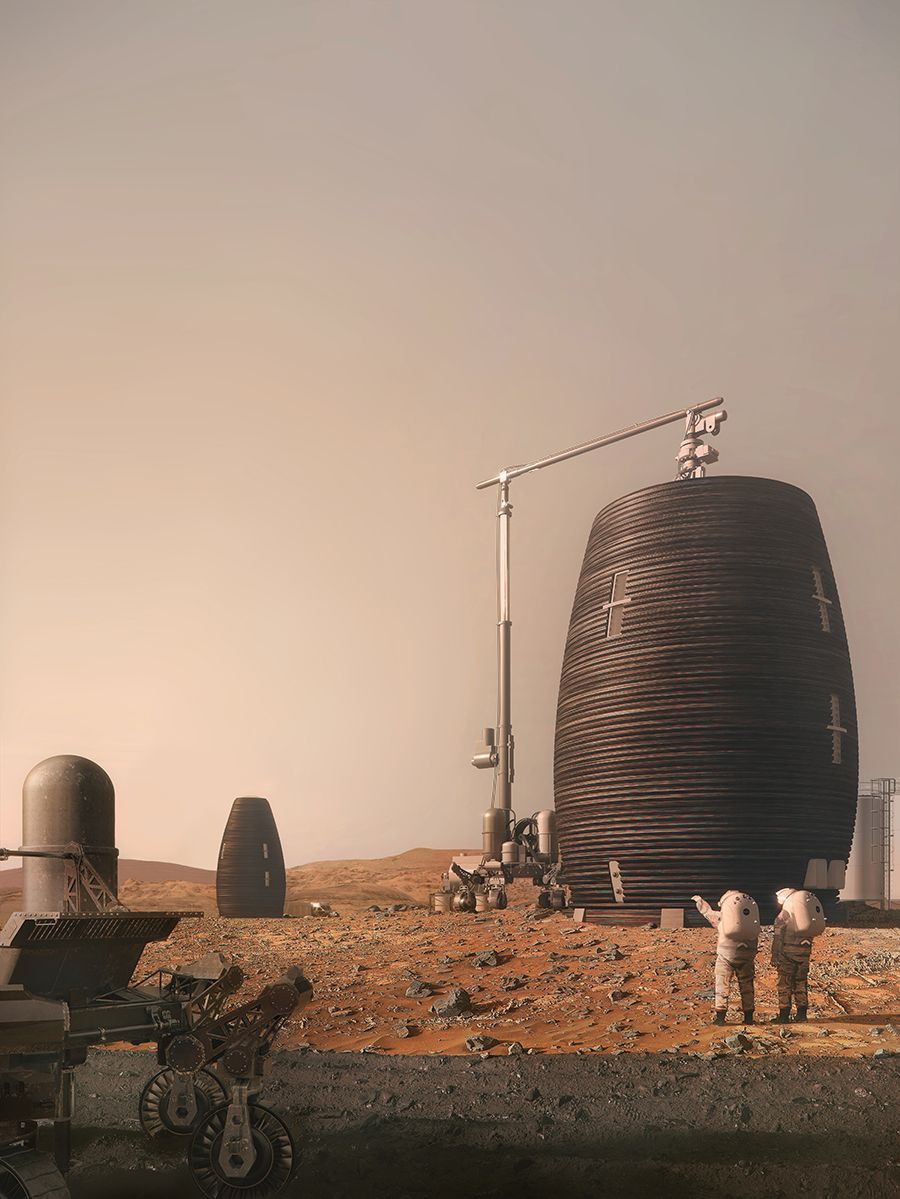


North Korea has blown up a joint liaison office used for talks between itself and South Korea, the latest sign that ties between the two longtime adversaries are rapidly deteriorating.
North Korean state media reported that the four-story building, which is located in the town of Kaesong just north of the demilitarized zone that divides the two Koreas, was “completely destroyed by a ” terrific explosion” at 2:50 p.m. local time.
A plume of black smoke rising above the site was visible from the South Korean side of the border shortly after.
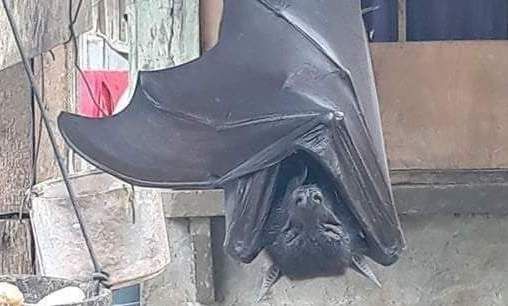
An old photo of a human-sized bat in the Philippines has resurfaced on Twitter, puzzling social media users.
On June 24, a Twitter user with the handle @AlexJoestar622 shared an image of a giant golden-crowned flying fox hanging from a wire attached to the roof of a building.
“Remember when I told y’all about the Philippines having human-sized bats?” the user asked. “Yeah, this was what I was talking about.”

There’s quite a bit of buzz these days about how humanity could become a “multiplanetary” species. This is understandable, considering that space agencies and aerospace companies from around the world are planning on conducting missions to low earth orbit (LEO), the moon, and Mars in the coming years, not to mention establishing a permanent human presence there and beyond.
To do this, humanity needs to develop the necessary strategies for sustainable living in hostile environments and enclosed spaces. To prepare humans for this kind of experience, groups like Habitat Marte (Mars Habitat) and others are dedicated to conducting simulated missions in analog environments. The lessons learned will not only prepare people to live and work in space but foster ideas for sustainable living here on Earth.
Habitat Marte was founded in 2017 by Julio Francisco Dantas de Rezende, the professor of sustainability in the Department of Product Engineering at the Federal University of Rio Grande do Norte (UFRN) and the director of innovation with the Research Support Foundation (FAPERN). He is also the coordinator of Habitat Marte and Mars Society Brazil.

A team of researchers simulated conditions on water-rich exoplanets in the laboratory and learned something surprising about their geological composition.
Out beyond our solar system, visible only as the smallest dot in space with even the most powerful telescopes, other worlds exist. Many of these worlds, astronomers have discovered, may be much larger than Earth and completely covered in water — basically ocean planets with no protruding land masses. What kind of life could develop on such a world? Could a habitat like this even support life?
A team of researchers led by Arizona State University (ASU) recently set out to investigate those questions. And since they couldn’t travel to distant exoplanets to take samples, they decided to recreate the conditions of those water worlds in the laboratory. In this case, that laboratory was the Advanced Photon Source (APS), a U.S. Department of Energy (DOE) Office of Science User Facility at the DOEs Argonne National Laboratory.
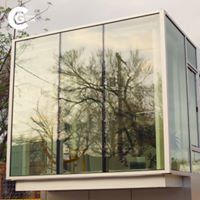
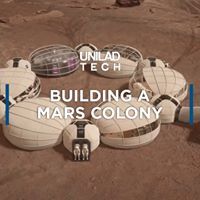

“Facial recognition is a uniquely dangerous form of surveillance. This is not just some Orwellian technology of the future — it’s being used by law enforcement agencies across the country right now, and doing harm to communities right now,” Fight for the Future deputy director Evan Greer said in a statement shared with VentureBeat and posted online.
Members of the United States Congress introduced a bill today, The Facial Recognition and Biometric Technology Moratorium Act of 2020, that would prohibit the use of U.S. federal funds to acquire facial recognition systems or “any biometric surveillance system” use by federal government officials. It would also withhold federal funding through the Byrne grant program for state and local governments that use the technology.
The bill is sponsored by Senators Ed Markey (D-MA) and Jeff Merkley (D-OR) as well as Representatives Ayanna Pressley (D-MA) and Pramila Jayapal (D-WA). Pressley previously introduced a bill prohibiting use of facial recognition in public housing, while Merkley introduced a facial recognition moratorium bill in February with Senator Cory Booker (D-NJ).
The news comes a day after the Boston City Council in Pressley’s congressional district unanimously passed a facial recognition ban, one of the largest cities in the United States to do so. News also emerged this week about Robert Williams, who’s thought to be the first person falsely accused of a crime and arrested due to misidentification by facial recognition.
In an era of digital eavesdropping where hackers employ a variety of means to take over built-in video cameras, peruse personal digital data and snoop on cellular conversations, researchers have finally seen the light.
Literally.
Israeli researchers report that they successfully tapped into speech and music inside an apartment simply by focusing on a light bulb.
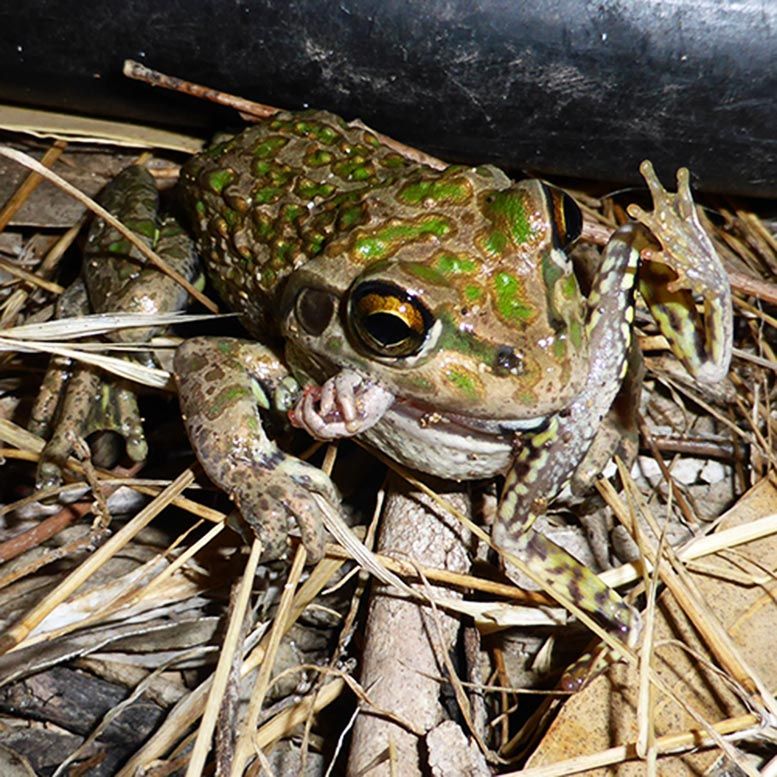
“The state government should consider managing the invasive population of spotted-thighed frogs at Streaky Bay. This should include education programs to inform people about what to do if they find a frog, as well as the feasibility of exterminating the population in South Australia.
“Importantly, if you do see one of these critters in your travels – leave it be. We don’t want it hitchhiking any further.”
Reference: ” Indiscriminate feeding by an alien population of the spotted-thighed frog (Litoria cyclorhyncha) in southern Australia and potential impacts on native biodiversity” by Christine M. Taylor, Gunnar Keppel, Shaun O’Sullivan, Stefan Peters, Gregory D. Kerr and Craig R. Williams, 9 April 2020, Australian Journal of Zoology. DOI: 10.1071/ZO19042